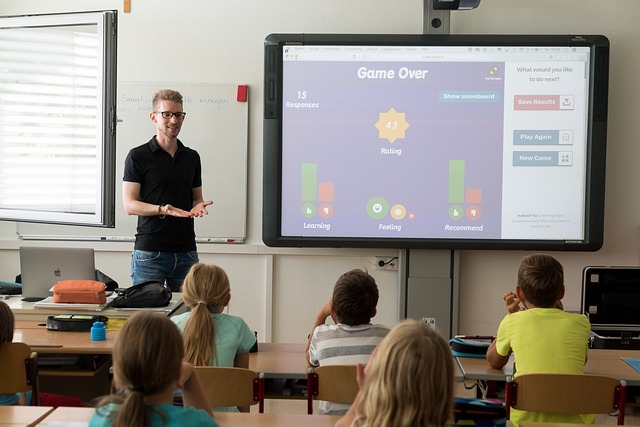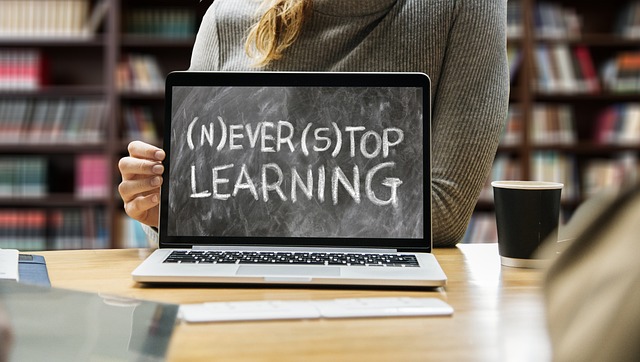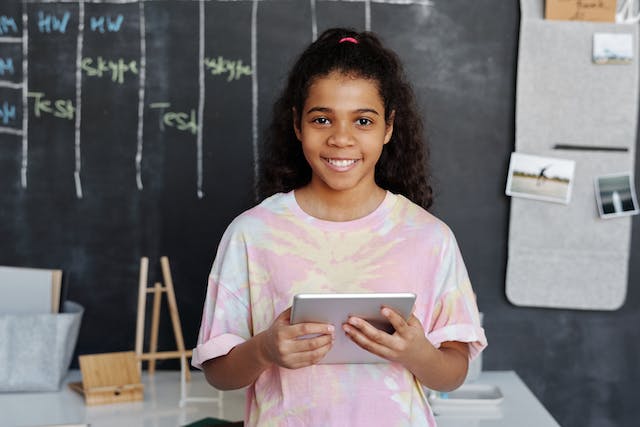In an age where technology is ever-evolving and increasingly integral to everyday life, our educational systems must keep pace. Integrating technology into classrooms isn’t just about staying current; it’s about enriching the learning experience for students and teachers alike. This integration can take many forms, from using digital tools to enhance traditional teaching methods to completely reimagining how we approach education.
Introduction
The benefits of incorporating technology in education are great. It can make learning more engaging, accessible, and customized to individual student needs. Moreover, it prepares students for a world where digital literacy is as essential as reading and writing.
In this article, we’ll explore various beneficial ways to bring technology into classrooms. These methods are not just theoretical; they are practical, tested, and proven to enhance the educational experience.
So, whether you’re an educator, a school administrator, or simply interested in the intersection of technology and education, read on to discover how you can make a significant impact in the classroom.
1. Interactive Whiteboards for Dynamic Learning
Interactive whiteboards are revolutionizing classroom dynamics, replacing traditional chalkboards with vibrant, engaging displays. These boards enable interactive learning, allowing teachers and students to write, draw, and manipulate digital content directly on the screen.

This interactivity fosters a collaborative and immersive learning environment, making lessons more engaging and dynamic. Additionally, these whiteboards often come with features like internet connectivity and integration with educational apps, further enhancing their utility in diverse learning scenarios.
2. Specialized Training for Educators
Effective use of technology in education requires that educators are proficient with these tools. Specialized training, such as a master’s degree in instructional design and technology, like that offered by St. Thomas University, provides educators with the skills and knowledge to integrate technology effectively into their teaching practices.
This education ensures that technology is used not just as a novelty but as a meaningful tool to enhance learning outcomes and prepare students for a technologically advanced world.
3. Educational Software for Personalized Learning
Educational software is redefining personalized learning, offering tailored experiences that adapt to individual learning styles, speeds, and preferences. This technology supports a range of learning needs, effectively bridging gaps for students who may struggle with traditional teaching methods.
For instance, adaptive learning programs can modify their content in real-time based on student responses, ensuring that each learner is challenged appropriately and receives the support they need.
Furthermore, these software solutions often include analytics tools, giving educators valuable insights into student progress and areas needing attention.
4. Virtual Reality for Experiential Learning
Virtual reality (VR) is transforming classroom learning by offering immersive, experiential learning opportunities. Through VR, students can virtually visit historical sites, explore different cultures, or even simulate scientific experiments, providing a depth of experience that traditional teaching methods can’t match.

This technology is particularly effective in engaging students in subjects that require abstract thinking or visualization, such as science and history. VR also encourages active learning, as students become participants in their education rather than passive recipients of information.
5. Online Resources for Expanded Access to Information
The Internet is a treasure trove of educational resources, significantly expanding the scope of what can be taught and learned in classrooms. Online resources like educational websites, digital libraries, and academic journals provide teachers and students with easy access to a vast array of information.
This wealth of resources can complement and enrich standard curricula, offering diverse perspectives and up-to-date content. Moreover, the Internet facilitates a more interactive and collaborative learning experience, enabling students to engage with peers and experts worldwide.
6. Learning Management Systems for Efficient Organization
Learning Management Systems (LMS) are transforming the organization and delivery of educational content. These platforms enable teachers to manage coursework efficiently, distribute assignments, post resources, conduct assessments, and provide feedback, all within a unified system. For students, LMSs offer a structured, accessible way to track their educational journey, submit assignments, and receive feedback.
These systems also facilitate blended learning environments, where digital and traditional teaching methods are combined for an optimized learning experience.
7. Bringing Technology into Classrooms with Games for Increased Engagement
Gamifying education involves integrating game-like elements into the learning process to increase engagement and motivation. This doesn’t mean converting lessons into games but using elements like point scoring, competition, and playful rules to make learning more enjoyable and engaging. This approach particularly resonates with digital-native students, fostering a desire to participate actively in their learning.

Gamification can be applied in various ways, from simple reward systems for task completion to complex simulations that mirror real-world challenges, encouraging problem-solving and critical thinking skills.
8. Podcasts and Audiobooks for Diverse Learning Styles
Audio-based learning tools like podcasts and audiobooks cater to diverse learning styles, particularly benefiting auditory learners. These tools offer an alternative to traditional reading assignments and can provide in-depth coverage of complex topics. They are also excellent for reinforcing lessons, as students can listen to content multiple times at their own pace.
Furthermore, podcasts and audiobooks are ideal for ‘learning on the go,’ allowing students to engage with educational content during commutes or downtime.
9. Tablets and E-Readers for Interactive Textbooks
Tablets and e-readers are transforming the way students interact with textbooks. Digital textbooks on these devices are not only more interactive, with embedded links, videos, and quizzes, but they also offer a level of engagement that traditional textbooks can’t match. This interactivity can lead to a deeper understanding of the material.
Additionally, digital textbooks are often updated more frequently than their print counterparts, ensuring that students have access to the most current information.
10. Video Conferencing for Global Connectivity
Video conferencing tools like Zoom and Skype are essential for global connectivity in education. They enable classrooms to connect with peers and experts worldwide, facilitating international collaborations and guest lectures.

This global connection exposes students to diverse perspectives and cultures, broadening their understanding and empathy. It’s also a practical way to bring experts from various fields into the classroom, enhancing the educational experience with real-world insights.
Conclusion
The integration of technology in education is not just a trend; it’s a necessary evolution to keep pace with a rapidly changing world. By adopting these technologies, educators can provide a more engaging, effective, and inclusive learning experience for their students. The future of education is here, and it is digital.














Leave a Reply